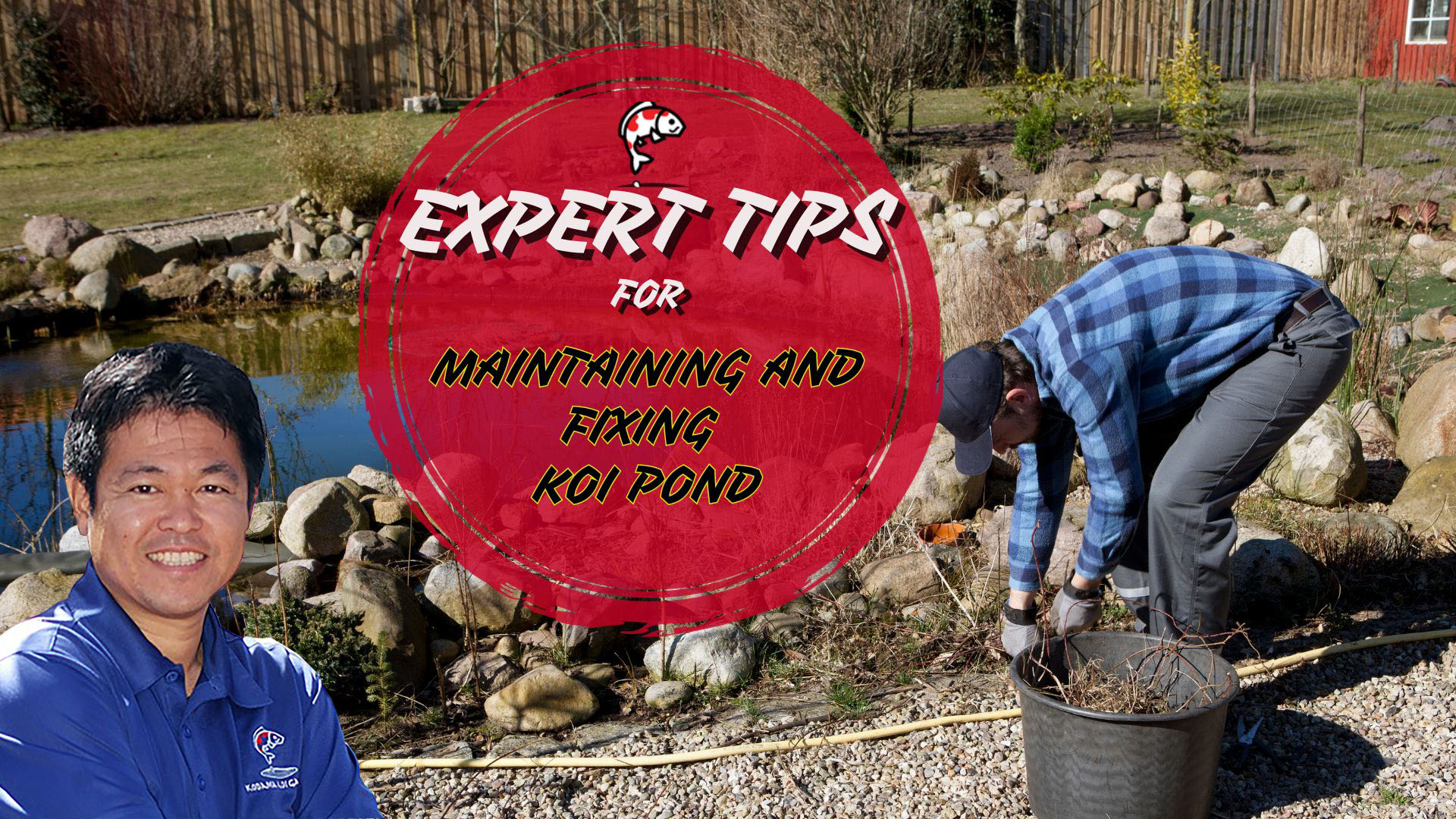
Seasonal pond maintenance advice, including adjusting routines and installing heaters in winter, is emphasized.
From troubleshooting common issues to implementing best practices, you’ll find valuable insights to transform your pond into a thriving ecosystem. We will explore various aspects to help you keep your pond in excellent condition throughout all seasons.
We are happy to share our knowledge and experiences that have been tested effectively for us, based on our many years of study, development, and experience.
Pond Pro Tips Content Breakdown
- Pond Algae Blooms ➡️
- Pond Water Quality ➡️
- Pond Water Leak ➡️
- Pond Predator ➡️
- Pond Issue with Pump and Filtration ➡️
- Pond Issue with Plant Overgrowth ➡️
- Pond Fish Issue ➡️
- Pond Temperature Problem ➡️
- Pond During Winter ➡️
- Pond Garbage ➡️
- Pond Water Chemical Imbalance ➡️
-
Additional Tips for Pond Keeping.⬇️
-
Steps for Evaluating Pond Issues.⬇️
-
Crafting Pond Management Plans.⬇️
-
Pond Issues Prevention Tips.⬇️
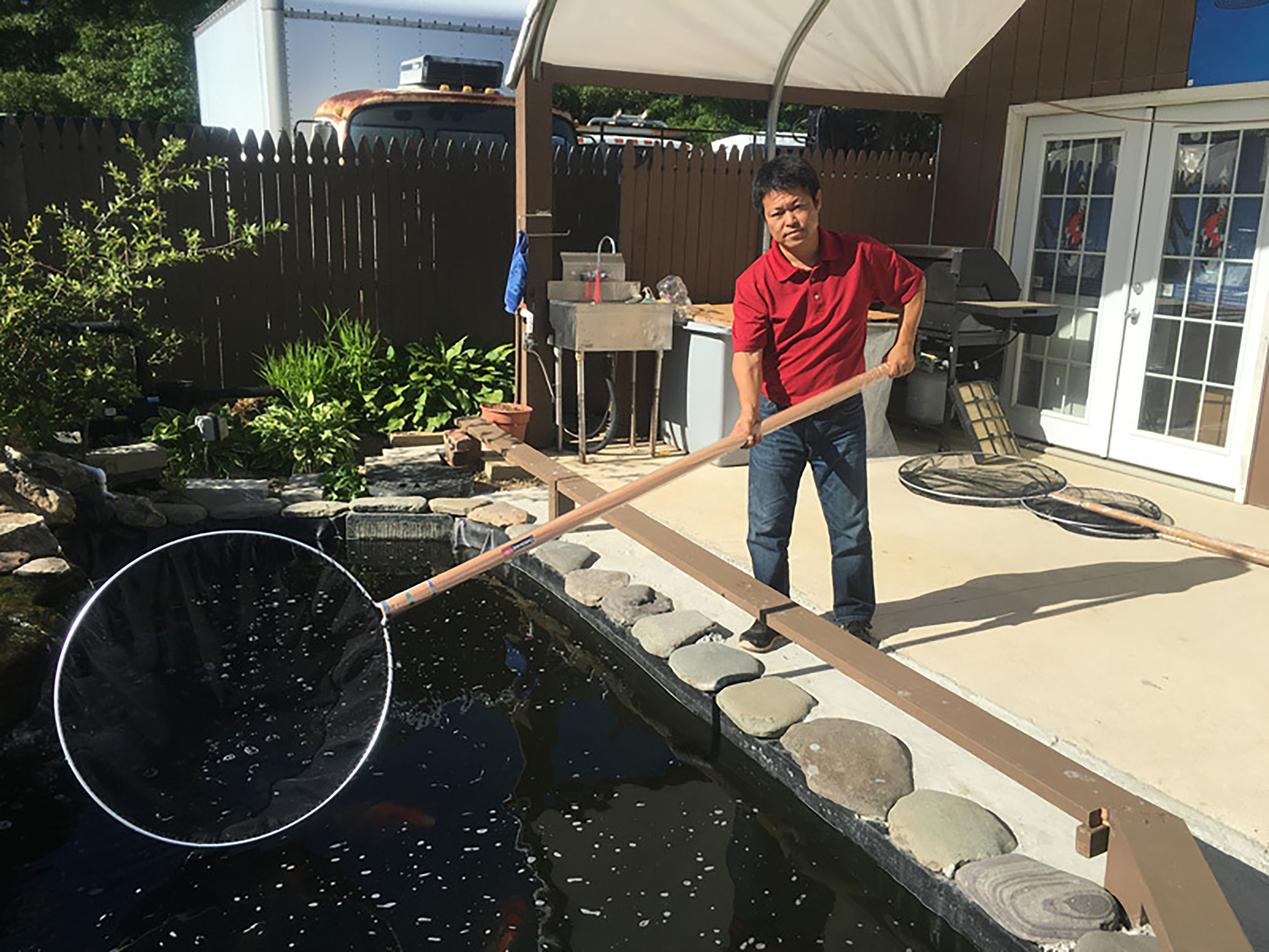
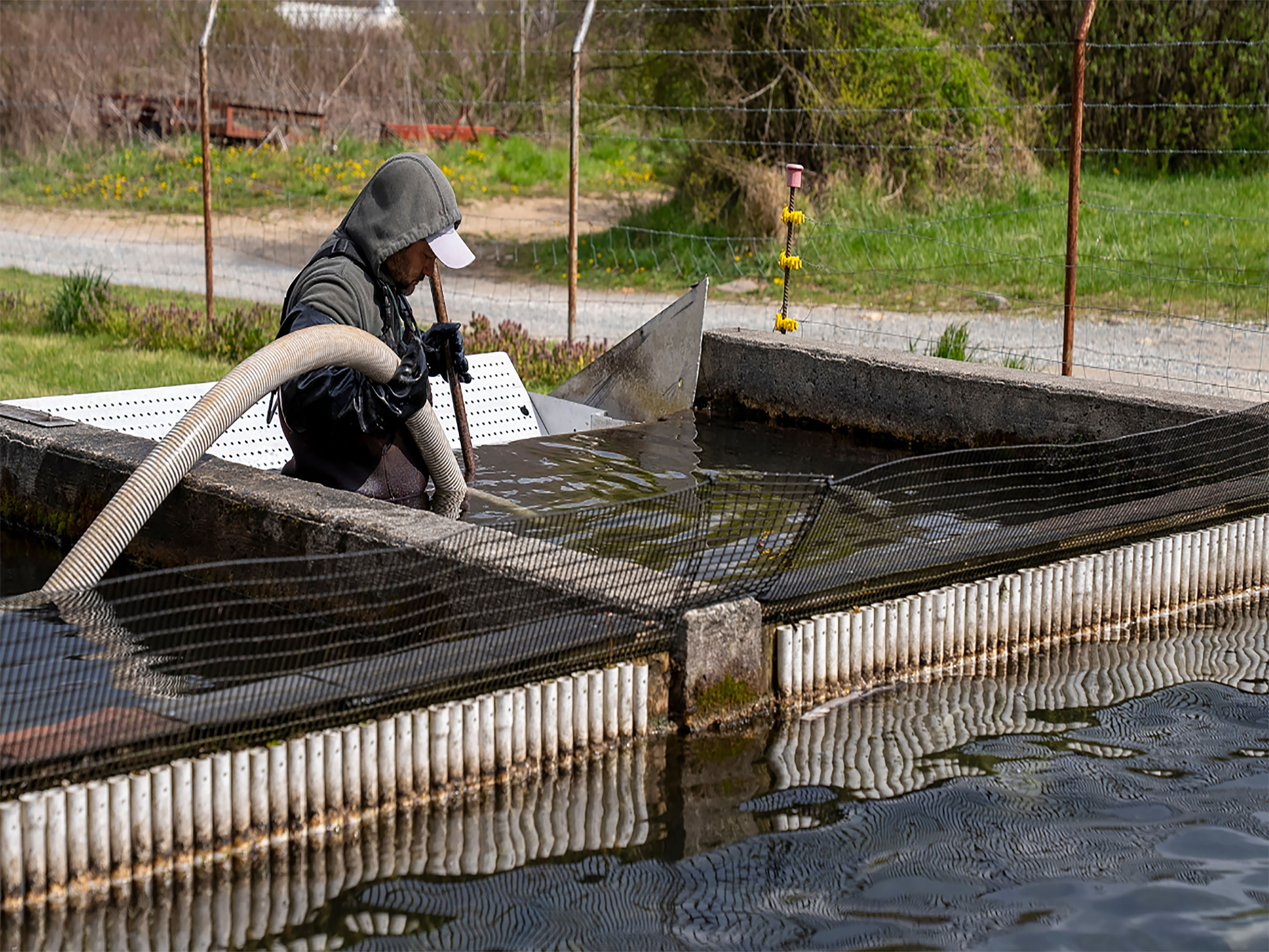
Common Koi Pond Problems: Kodama’s Pond Expert Guide
Koi ponds are a source of tranquility and beauty in any outdoor space, but like any aquatic environment, they can encounter various challenges. Here’s a list of common pond issues koi pond enthusiasts encounter, with a brief description of each problem and corresponding solutions coming from our Pond Experts.
This guide gives you idea to the most common koi pond issues and the know-how to handle problems and keep your pond a beautiful home for your fishy friends.
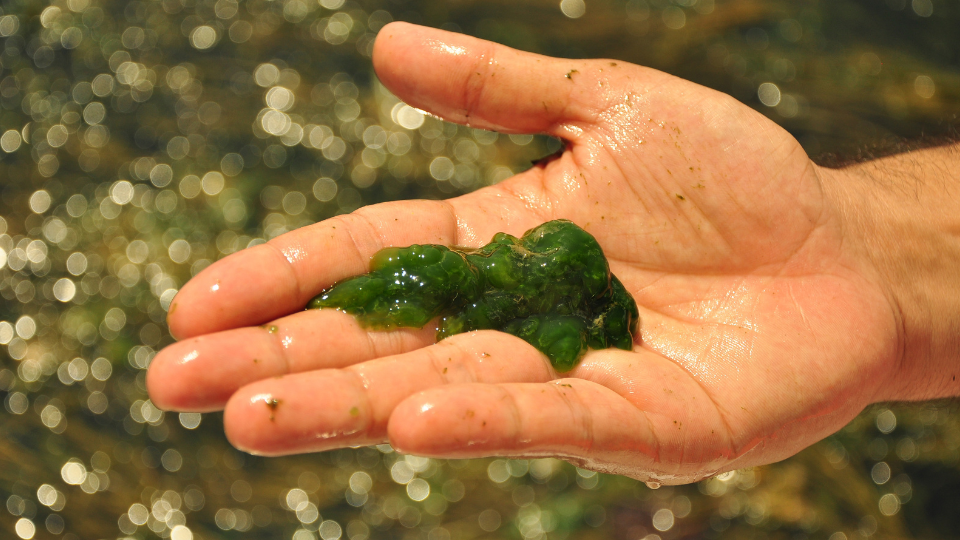
POND ALGAE BLOOMS
Issue: Excessive growth of algae, leading to green or stringy water.
Pond algae blooms are primarily caused by excess nutrients, warm temperatures, stagnant water, and low dissolved oxygen. They can degrade water quality, reduce visibility, harm aquatic life, and have economic and health consequences due to toxic algae.
Solution: Prevent Excessive Growth of Algae
Utilize algae-controlling products, install UV clarifiers, increase plant cover for shade, and maintain a balanced nutrient level.
Check out our Pond Water Treatment Products to see the color change. to learn more about how to address this pond issue and maintain a healthy pond water environment.
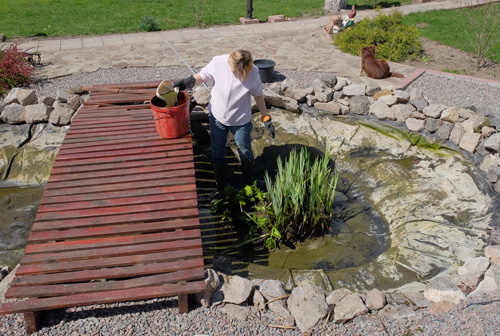
POND WATER QUALITY
Issue: Ammonia Spikes, and Imbalances in Nitrate and Nitrite levels.
Fluctuating pH levels in a pond, caused by decaying organic matter and rain, can stress koi and disrupt the pond’s ecosystem.
Solution: Pond Water Parameter Testing
Regularly test your pond’s pH levels and adjust them if necessary using pH buffers or additives. Minimize organic debris by using a skimmer and maintaining proper filtration. Install a buffer system to help stabilize pH.
For Koi Pond Water Testing Kit, Conditioners, Aerators. and all your pond needs, go to our Pond Supply page see and learn more about our high-quality koi and pond products.
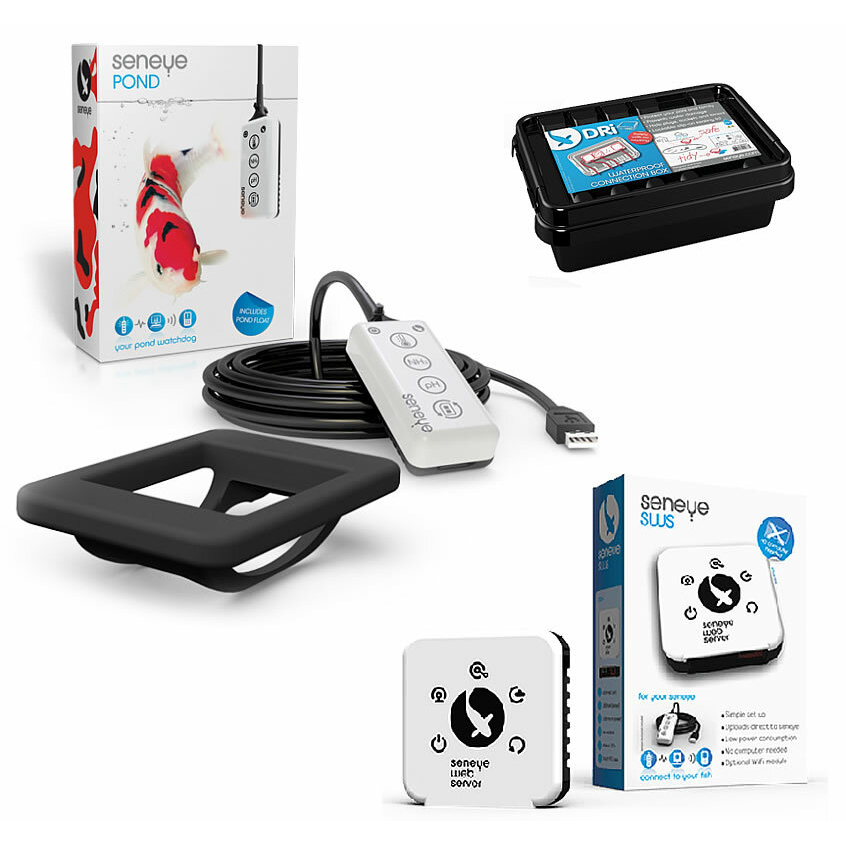
POND WATER LEAK
Issue: Loss of Pond Water due to Liner Damage or Structural Issues.
Perform a water level test by marking your water level and monitoring it over a 24-hour period. If the water level drops significantly, you likely have a leak. Inspect the pond liner or concrete for tears, punctures, or cracks. Patch small leaks with pond sealant, and consult a professional for larger repairs.
Solution: Pond Water Level Testing
Perform a water level test by marking your water level and monitoring it over a 24-hour period. If the water level drops significantly, you likely have a leak. Inspect the pond liner or concrete for tears, punctures, or cracks. Patch small leaks with pond sealant, and consult a professional for larger repairs.
Install the latest Pond Monitoring System, Monitor your Pond Water and Koi even when you’re away.
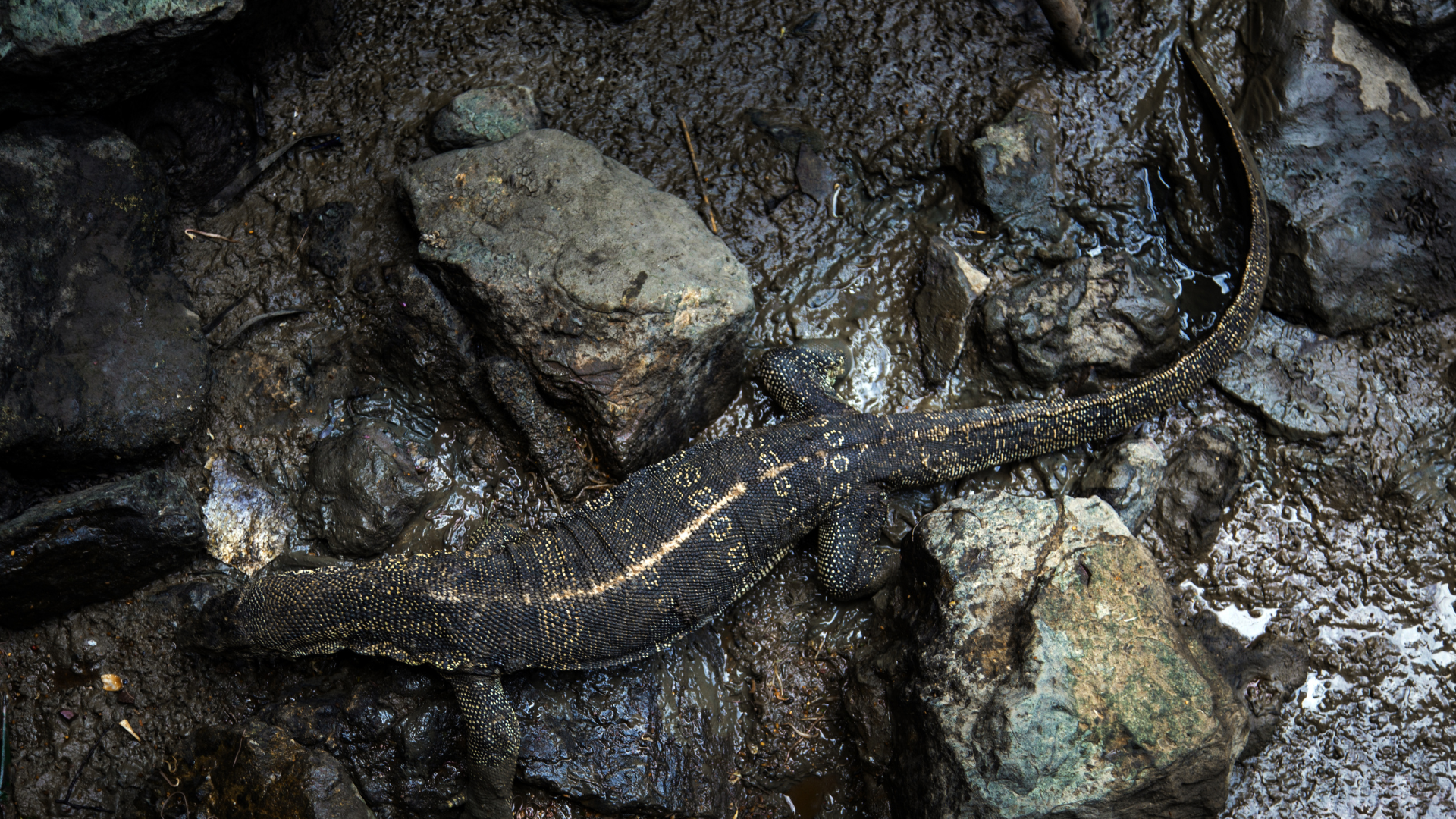
POND PREDATOR
Issue: Reptiles, Birds, raccoons, herons, and other wildlife posing a threat to fish and plants.
These threats can upset ecosystem balance, predation, habitat disruption, competition, and disease transmission.
Solution: Use deterrents like netting, decoys, and motion-activated devices to keep predators away.
installing fences and bird netting, creating hiding places for fish, designing pond features to deter access, using floating plants for cover, employing motion-activated devices, applying wildlife-safe repellents.
Explore our one-stop Koi and Pond Supplies shop for all your koi and pond needs, from essentials to equipment and wildlife protection.
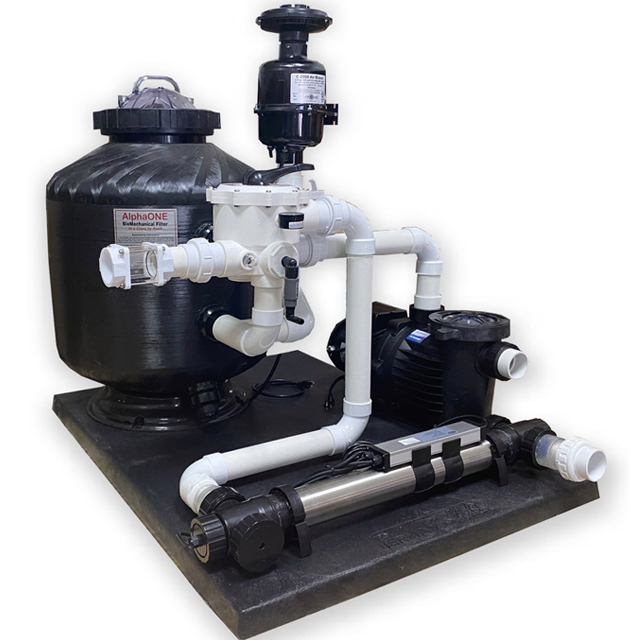
POND PUMP AND FILTRATION
Issue: Pump failure, Clogged Filters, and Inadequate Filtration
These issues can lead to poor water quality, harm aquatic life, and jeopardize the overall health of the pond.
SOLUTION: Properly set up and maintain pond pumps and filters
Clean filters regularly, replace faulty pumps, and consider upgrading to a more efficient filtration system. Use high-quality standard products, and consult an expert for a complete setup of pumps and filtration.
Browse Kodama Koi and Pond Supplies website and Shop for All Pond Equipment Perfect For Koi Ponds. Our Koi and Pond experts are just waiting for you and happy to serve for anything we can help you with
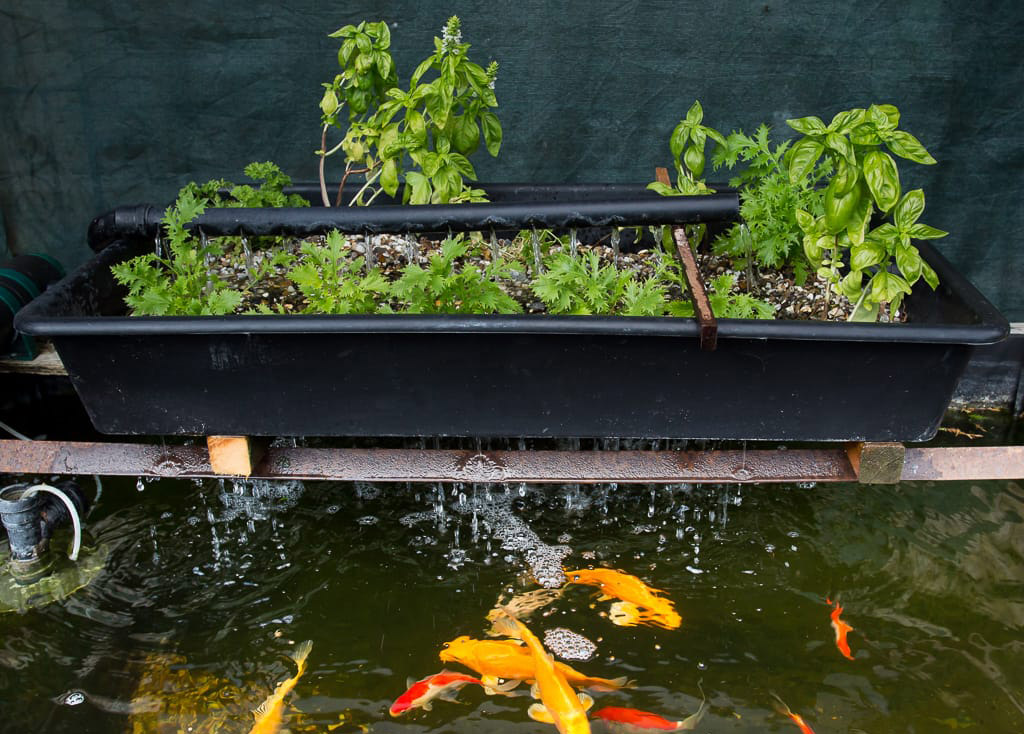
POND PLANT OVERGROWTH
Issue: Invasive plants taking over or water plants becoming too dense.
The ecological impact includes biodiversity loss and habitat disruption.
Solution: Keeping your Pond Clean and Protected.
Regularly trim and thin out plants, remove invasive species, and use barriers to control plant growth.
You may try growing Aquaponics instead, a sustainable system for any pond. What is aquaponics? Aquaponics is officially defined as, “the combination of two principal growing processes working in harmony to deliver one, self-sustained system”
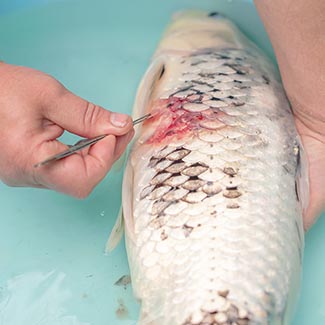
POND FISH ISSUES
Issue: Disease outbreaks, poor fish health, and overpopulation.
Overcrowding can stress your koi and lead to increased waste and disease transmission.
Solution: Monitoring Fish Health.
Quarantine new fish, monitor fish health regularly, and treat diseases promptly with appropriate medications.
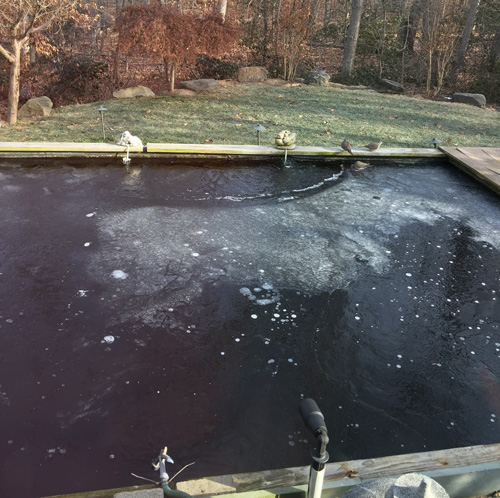
POND TEMPERATURE FLUCTUATIONS
Issue: Extreme heat or sudden drops in temperature affecting fish and plants.
Pond temperature fluctuations arise from a complex interplay of seasonal changes, sunlight exposure, geographical location, pond depth, wind influence, aquatic vegetation, human activities, and rainfall/runoff.
Solution: Control of Your Pond by Installing Necessary Equipment and Tools.
Install a pond heater for winter, provide shade during hot weather, and acclimate fish to temperature changes gradually.
Shop around, see your options and learn more about pond products, feel free to visit our pond supply website to see High-quality Pond Products; Such as Pond heater, Pond Cooler and many more,
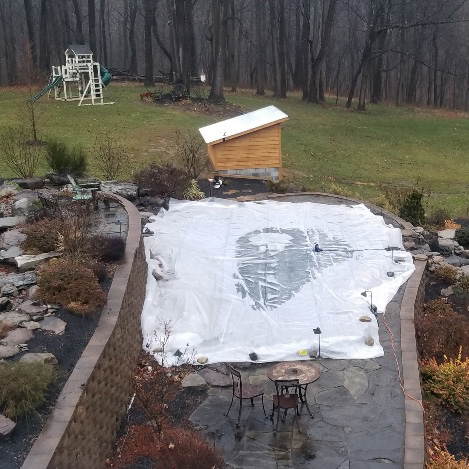
POND WINTERIZATION CHALLENGES
Issue: Ice formation, lack of oxygen during winter, and potential fish hibernation.
Challenges in pond winterization may include maintaining water quality, preventing ice formation, protecting fish from freezing temperatures, and addressing potential issues with equipment and vegetation.
Solution: Install Pond Equipment for Winter Season.
Install a pond heater for winter and all necessary equipment to protect your Koi during this season.
Check out our Winterizing and Spring Pond Blog page for more detailed guidelines to properly set-up your pond in all season.
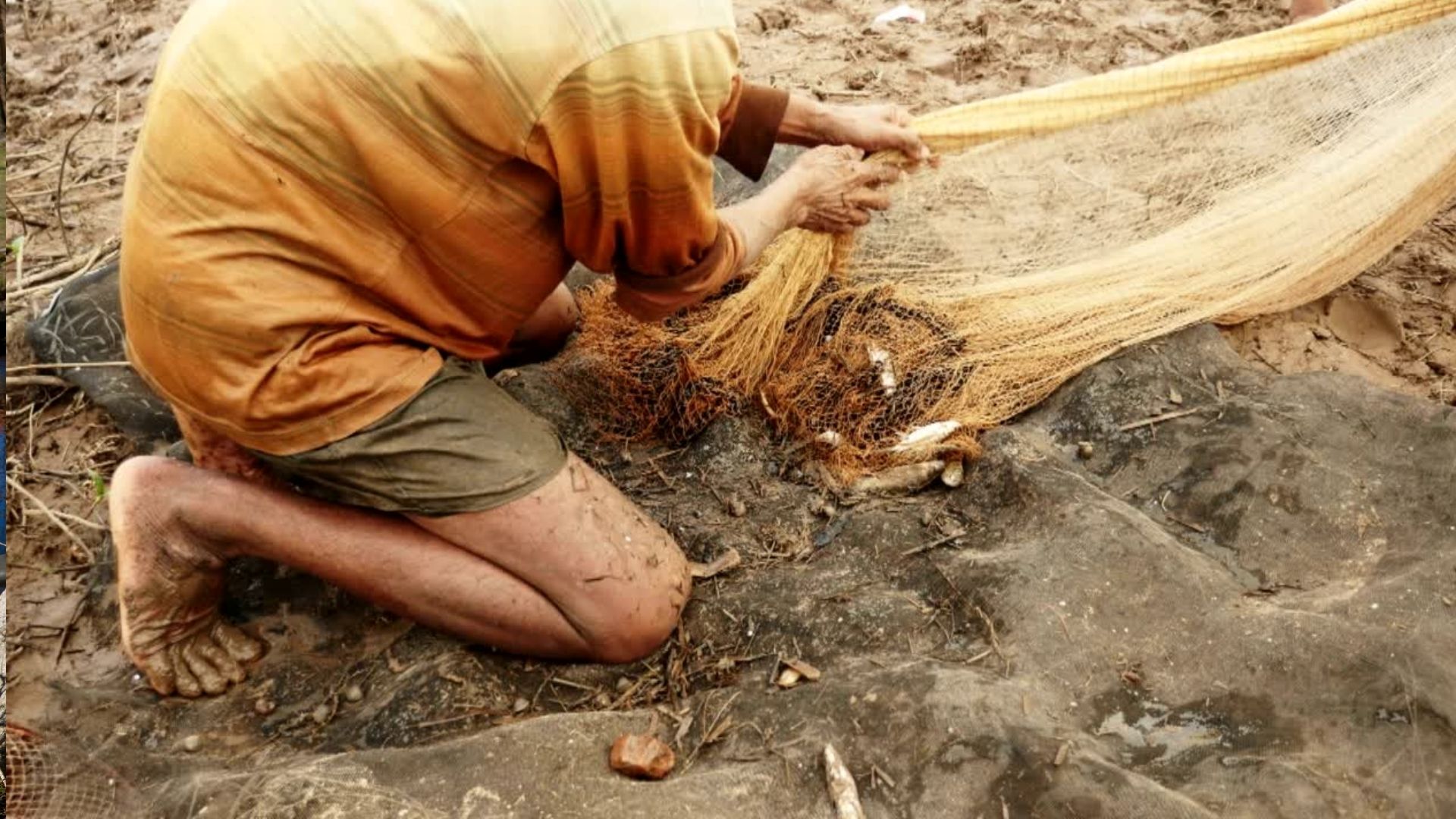
POND DEBRIS ACCUMULATION
Issue: Leaves, grass clippings, and dead insects accumulating in the pond.
Excessive amounts can lead to oxygen depletion, algae blooms, and unpleasant odors.
Solution: Maintain Pond Cleanliness.
Install a skimmer, use pond netting, and regularly clean the pond to remove debris.
Regularly clean debris. Here at Kodama Koi Farm we believe that prevention is always better than cure.
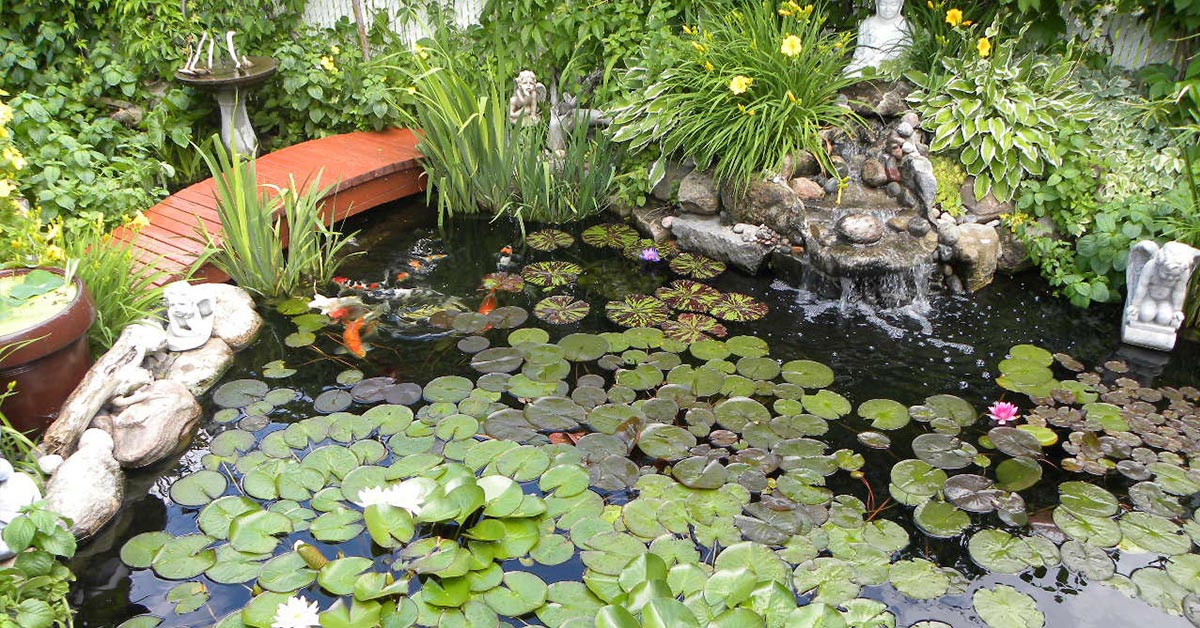
POND WATER CHEMICAL IMBALANCE
Issue: Use of harmful chemicals and runoff from nearby lawns or gardens.
it can harm aquatic life, disrupt ecosystems, and contribute to soil degradation and erosion.
Solution: Use Recommended and Tested Products.
Avoid harmful chemicals, use pond-friendly products, and control nutrient input from surrounding areas.
For best koi and pond products, no need to go anywhere else. We always make sure that all your koi and pond needs are always taken good care of. From sharing our expertise to high-quality koi and pond products.
Kodama Koi Farm: Your Trusted Koi Supplies Store, Koi Breeder, and Pond Shop.
Additional Tips for Pond Keeping
Legal Regulations For Building Pond.
Neighborhood Issues
Pond Size and Design Issues
Lack of Pond Maintenance
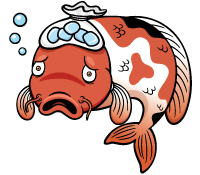
Sign up for our newsletter to learn how to care for your sick koi
You’ll receive regular emails in your inbox about koi health tips, based on 50+ years of wisdom! New subscribers will also receive 10% off coupon toward their first koi purchase.
Now that your armed with a deeper understanding of the most prevalent pond problems and their root causes, take decisive action in managing your pond ecosystem. Use this checklist to identify specific issues and proactively thwart their emergence.
Simplify pond care by following this checklist.
Effective Pond Monitoring Strategies and Techniques
Here’s how you can properly assess pond health.
Visual Inspection
Evaluate water clarity by observing its transparency, as murky water may signal nutrient imbalances or an excess of organic matter. Additionally, take note of the type and abundance of algae present, as an overgrowth can contribute to oxygen depletion and pose a threat to aquatic life.
Water Quality Testing
In water quality testing, several key parameters are crucial for evaluating the health of aquatic environments. First and foremost, pH levels are measured to ensure that the waterfalls are within the optimal range for supporting aquatic life. The acidity or alkalinity of the water has a direct impact on the well-being of various organisms.
The assessment of dissolved oxygen levels is essential, as insufficient oxygen can lead to stress among fish and other aquatic organisms. Monitoring water temperature is equally important, as it plays a significant role in influencing the metabolic rates of aquatic species. These comprehensive tests provide valuable insights into the overall quality of water ecosystems and help in implementing measures to maintain a balanced and supportive environment for aquatic life.
Nutrient Levels
Water quality testing is a critical process involving the evaluation of various parameters. Monitoring pH levels ensures waterfalls are within the optimal range for aquatic life while assessing dissolved oxygen and temperature helps prevent stress among organisms. Nitrogen and phosphorus testing is essential to prevent excessive plant and algae growth, and checking ammonia and nitrite levels is crucial to protect fish and other aquatic life. Overall, these comprehensive tests contribute to maintaining a balanced and healthy environment in aquatic ecosystems.
Aquatic Plant Assessment
Maintaining the health of aquatic ecosystems involves monitoring and managing the diversity and density of aquatic plants. A balanced mix of these plants contributes to water clarity and efficient nutrient absorption. Additionally, it is crucial to identify and address invasive plant species that may out-compete native vegetation, as this helps preserve the overall diversity and stability of aquatic environments. By proactively managing these factors, we can ensure the sustainability and well-being of aquatic ecosystems.
Fish Health Assessment
Maintaining fish health involves monitoring behaviors for signs of stress and conducting regular physical examinations for disease or abnormalities. These proactive measures contribute to the overall well-being and sustainability of the fish population.
Wildlife Observation
Wildlife observation in a pond involves paying attention to biodiversity beyond fish. Observing insects, birds, and amphibians provides valuable insights into the overall health of the ecosystem. A diverse array of wildlife indicates a healthy pond, as it signifies a balanced and thriving environment.
Structural Assessment
A comprehensive pond management strategy involves a structural assessment with a focus on the pond banks and dams, checking for erosion, leaks, and structural damage. Additionally, ensuring proper water circulation is crucial to prevent stagnation and promote oxygen exchange. By addressing these aspects, caretakers can maintain the integrity of the pond and contribute to a healthy and sustainable aquatic ecosystem.
Regular Documentation:
Maintain a pond journal to record assessments, including test results and corrective actions. Compare data across seasons to identify patterns and trends, facilitating informed decisions for optimal pond health.
Pond Management and Action Plan
Implement Corrective Measures
Based on your assessments, develop an action plan to address any issues identified.
Engage with Local Resources
Connect with local pond management organizations, environmental agencies, or community groups for additional support and knowledge sharing.
Consulting an Expert
If in doubt, seek advice from aquatic experts or local extension services for tailored recommendations.
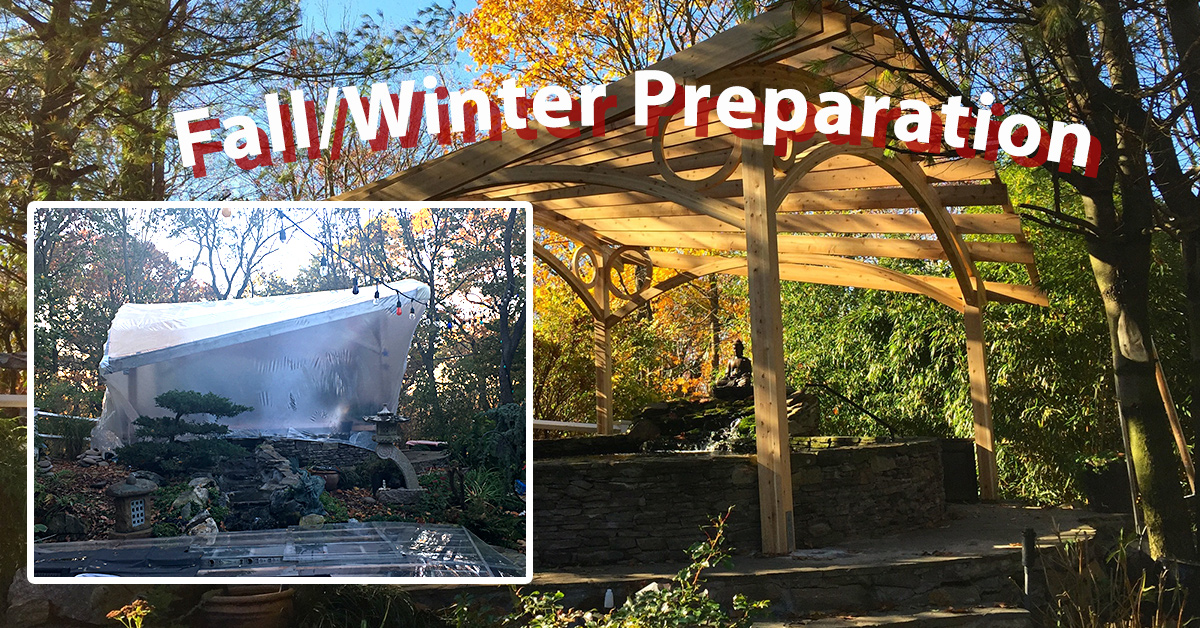
Winterizing Your Pond – Winter and Fall Pond Care
Prepare Your Pond for Winter Bliss! 🍂 Embrace the beauty of the season with our Winter and Fall Pond Care guide. Learn essential tips and tricks for Winterizing Your Pond, ensuring a thriving aquatic haven come spring. Dive into our expert advice now and safeguard your pond’s health through the chilly months! 🌬️❄️
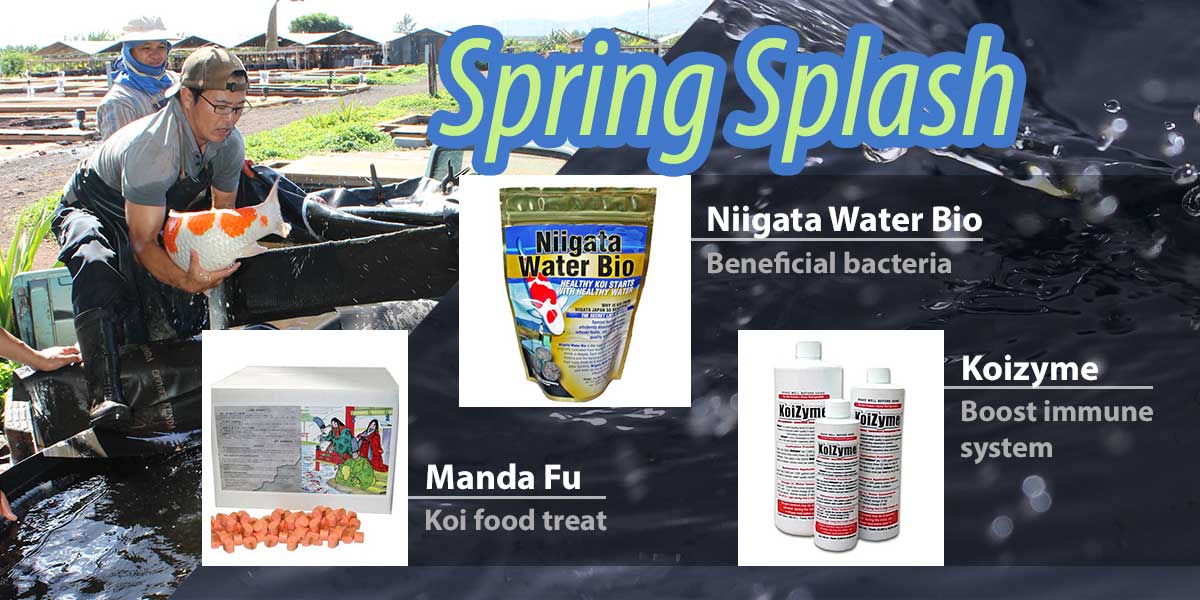
Pond Spring Care
Our proficiency spans across all seasons. Explore our Spring Pond Care page for valuable tips and tricks in maintaining your Koi Pond during the spring.
Overall, from regular maintenance to winter and spring pond care, all repair and maintenance guides will assist you in seamlessly transitioning your pond setup for every season.
Should you encounter any challenges with your pond, reach out to us. We are always eager to assist and share our proven effective practices that have established our reputation worldwide. For any Pond Equipment and Supplies you need, visit Kodama Pond Supply page. We Have it all for you.
More Pond Pro Tips to Prevent Common Koi Pond Issues
While troubleshooting and problem-solving are crucial, prevention is often the best strategy. Our expert tips will help you ensure your pond remains a haven of tranquility and delight. Say goodbye to common Koi pond issues as we dive into the art of prevention.
Here are some general tips for preventing common koi pond issues:
- Regular Maintenance: Perform routine checks on your pond equipment, water quality, and fish health.
- Proper Filtration: Invest in a high-quality filtration system and ensure it’s appropriately sized for your pond.
- Adequate Aeration: Oxygenate your pond sufficiently, especially during hot weather or when stocking densely.
- Responsible Feeding: Avoid overfeeding, which can lead to excess nutrients and water quality problems.
- Quarantine New Additions: Quarantine new fish and plants to prevent introducing diseases or pests.
- Balance the Ecosystem: Include aquatic plants and beneficial bacteria to maintain water quality and control algae.
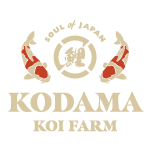
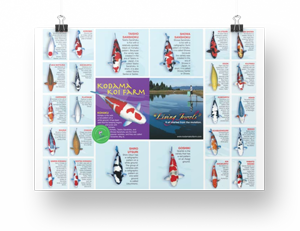

Interesting pond maintenance blog. For pond maintenance and repairing tasks, I use Pond Pro 2000 because it’s durable and flexible enough to fix all types of leaks to all types of surfaces. it’s UV-resistant, puncture-resistant, and temperature-tolerant so it’ll withstand easily from -62 to 130 F scales. It’s the only pond sealer in the market that has more than 30 years of history of success and offers a 5-year warranty for its valued customers. It’s the only pond sealer in the market that has more than 30 years of history of success and offers a 5-year warranty to its valued customers.
This article guide is an invaluable resource for any pond enthusiast and landscaper like us in brdlandscape
I appreciate the clear explanations and actionable tips provided, making it easier to address and prevent issues in koi ponds.
Thank you for sharing your expertise and helping us keep our aquatic ecosystems thriving!